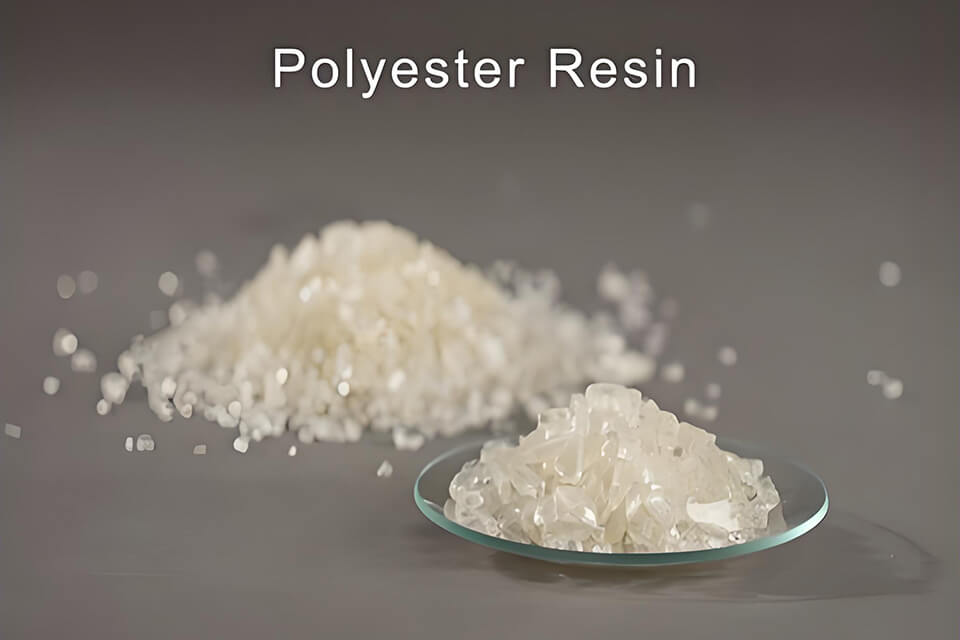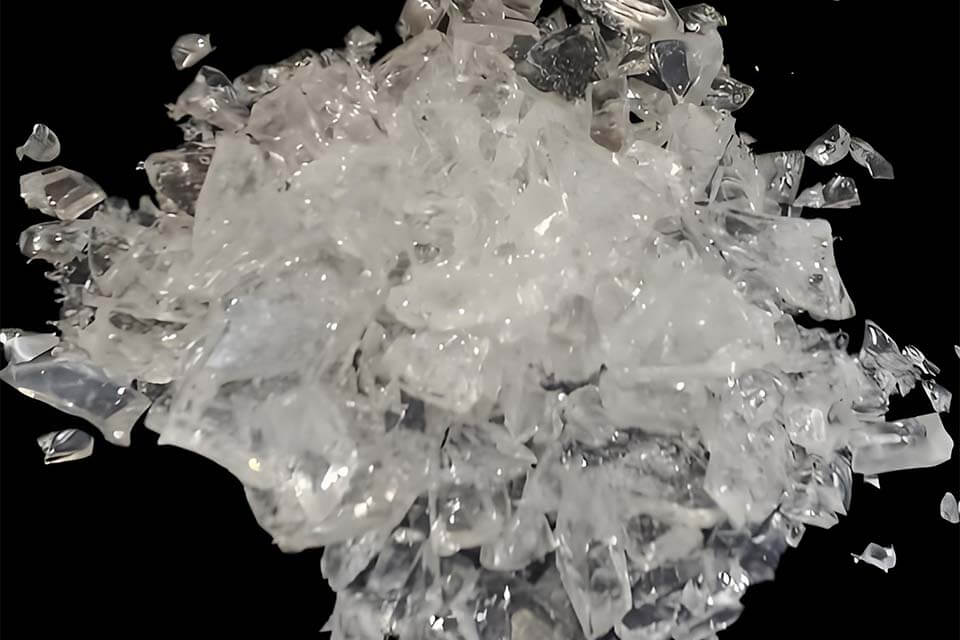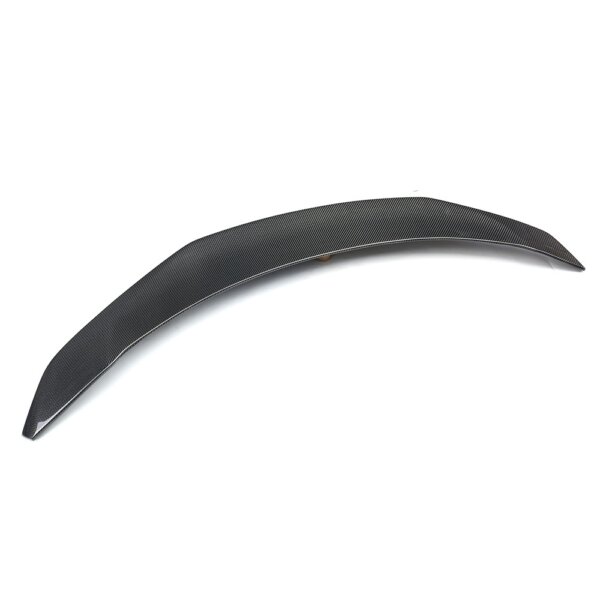
Epoxy vs. polyesterharpiks: Træf det rigtige valg til dit projekt
Står du og skal vælge mellem epoxyharpiks og polyesterharpiks? Mange mennesker føler sig fortabte, når de står over for dette valg. Du vil gerne vælge det rigtige til dit projekt, men alle de tekniske termer får dit hoved til at snurre. Det skal du ikke bekymre dig om! Denne guide hjælper dig med at forstå de store forskelle mellem epoxy- og polyesterharpiks i enkle vendinger.
Hvad er epoxy- og polyesterharpikser?
Epoxyharpiks og Polyesterharpiks er klæbrige væsker, der hærder til fast plast. Begge dele bruges sammen med glasfiber til at lave stærke dele. Men de er ikke ens!
Hvad er polyesterharpiks?
Polyesterharpiks er en billig løsning, som mange mennesker bruger. Det har eksisteret i lang tid inden for bådebygning og bilreparationer.
Polyesterharpiks har disse egenskaber:
- Den lugter stærkt
- Det koster mindre end epoxy
- Den tørrer hurtigt
- Det fungerer godt med glasfiber
- Den kan bruges med gelcoat
Hvad er epoxyharpiks?
Epoxyharpiks koster mere, men giver i mange tilfælde bedre resultater.
Epoxyharpiks har disse egenskaber:
- Det lugter mindre end polyester
- Det koster mere
- Den er meget stærk
- Det klæber godt til mange ting
- Den holder længere på våde steder
De vigtigste forskelle mellem polyesterharpiks og epoxyharpiks
| Feature | Polyesterharpiks | Epoxyharpiks |
|---|---|---|
| Koste | Lavere omkostninger | Højere omkostninger |
| Lugt | Stærk lugt | Mild lugt |
| Tørretid | Hurtig (20-40 minutter) | Langsomt (timer til dage) |
| Styrke | God | Bedre |
| Vandtæthed | God | Bedst |
| Klæbrighed | Retfærdig | Fremragende |
| Holdbarhed | 6-12 måneder | 2+ år |
| UV-modstand | Dårlig (gul) | Retfærdig |

Hvornår skal man bruge polyesterharpiks?
Er du på udkig efter en hurtig og billig løsning? Polyesterharpiks er måske dit bedste bud! Se her, hvornår du skal vælge polyesterharpiks:
Bygning og reparation af både
Polyesterharpiks bruges meget til at lave både. De fleste både har skrog lavet af polyesterharpiks og glasfiber. Det fungerer godt og koster mindre end andre valg.
"Til det meste bådarbejde er polyesterharpiks helt fint. Det var det, båden blev lavet med i første omgang." - Bådbygger med 30 års erfaring
Karrosseriarbejde i glasfiber
Når man reparerer karrosseridele, giver polyesterharpiks blandet med glasfibermåtte en stærk reparation. Det er hurtigt at tørre og nemt at slibe.
Når du arbejder med Gel Coat
Hvis du skal bruge gelcoat, er polyesterharpiks det bedste valg. Gelcoat klæber kun godt til polyesterharpiks, ikke til epoxy.
Store projekter på et budget
Når du har en stor opgave og skal holde øje med omkostningerne, kan polyesterharpiks spare dig for mange penge.
Hvornår skal man bruge epoxyharpiks?
Har du brug for noget, der holder i meget lang tid? Vil du have den stærkeste binding? Epoxyharpiks kan være den ekstra pris værd. Her kan du se, hvornår du skal vælge epoxyharpiks:
Arbejde med træ
Epoxy klæber meget bedre til træ end polyesterharpiks. Hvis du laver en brugerdefineret komposit Med trædele er epoxy den klare vinder.
Dele med høj belastning
Til dele, der skal være meget stærke, som f.eks. kulfiber biler eller kulfiber motorcyklerer epoxyharpiks det bedste valg.
Våde forhold
Epoxy holder bedre på våde steder. Det suger ikke vand, som polyester kan.
Projekter med klar overfladebehandling
Til klare, smukke overflader ser epoxy bedre ud og gulner mindre med tiden.
Sådan fungerer polyesterharpiks
Polyesterharpiks starter som en tyk, klar væske. Den har en meget stærk lugt fra noget, der hedder styren. For at gøre den hård, tilsætter man en lille mængde hærder (MEKP).
Trinene til at bruge polyesterharpiks:
- Mål den mængde harpiks, du skal bruge
- Tilsæt 1-2%-hærder, og bland godt.
- Arbejd hurtigt - det begynder at blive hårdt efter 15-30 minutter
- Lad det hærde helt i 24-48 timer
Problemet: Polyesterharpiks krymper, når det tørrer. Det kan give skævheder i dit projekt.
Løsningen: Arbejd i tynde lag, og lad hvert lag tørre, før du lægger mere på.
Sådan virker epoxyharpiks
Epoxy består af to dele: harpiks og hærder. Når de blandes, starter de en kemisk reaktion, der får blandingen til at blive hård.
Trinene til at bruge epoxyharpiks:
- Mål lige dele resin og hærder (tjek brugsanvisningen - nogle mærker har forskellige forhold)
- Bland meget godt i 2-3 minutter
- Anvend på dit projekt
- Lad det hærde i henhold til anvisningerne (kan være 24-72 timer)
Problemet: Epoxy er længere tid om at hærde end polyester.
Løsningen: Planlæg din projekttid omhyggeligt, og arbejd på et varmt sted for at fremskynde hærdningen.
Sammenligning af omkostninger: Epoxy vs. polyesterharpiks
En af de største forskelle mellem disse resiner er prisen. Her er, hvad du kan forvente at betale:
- Polyesterharpiks: $30-50 pr. gallon
- Epoxyharpiks: $80-150 pr. gallon
Den store prisforskel får mange til at vælge polyester til store projekter. Men husk - epoxy holder ofte længere og kan spare penge i det lange løb!
Sammenligning af styrke
Når det gælder styrke, vinder epoxy over polyesterharpiks i de fleste tests:
- Trækstyrke: Epoxy er ca. 30% stærkere
- Vedhæftning: Epoxy klæber bedre til de fleste overflader
- Modstandsdygtighed over for slag: Epoxy kan klare flere slag uden at revne
Det er derfor, mange high-end Producenter af kulstofkomposit bruger epoxy til deres produkter.

Arbejde med glasfiber: Epoxy vs. polyester
Begge harpikser fungerer godt med glasfiber, men på forskellige måder:
Polyester med glasfiber
- Fungerer bedst med hakket trådmåtte
- Suges hurtigt ind i glasfiberen
- Kan også bruges med vævet glasfiber
- Samlet set billigere
Epoxy med glasfiber
- Fungerer bedst med vævet glasfiberdug
- Skaber en stærkere binding til glasset
- Bruger mindre harpiks til samme styrke
- Bedre til letvægtsprojekter
Miljø- og sikkerhedsproblemer
Dit helbred er vigtigt, når du arbejder med disse harpikser!
Polyesterharpiks Sikkerhed
- Meget stærk lugt fra styren
- Brug for god luftgennemstrømning
- Brug maske og handsker
- Brandfarlig - holdes væk fra varme
- Mere skadeligt at indånde
Sikkerhed for epoxyharpiks
- Mindre lugt, men stadig brug for luftgennemstrømning
- Kan give hududslæt - brug altid handsker
- Mindre brandfarlig
- Har stadig brug for god ventilation
- Kan forårsage allergi ved gentagen eksponering
Almindelige problemer og løsninger
Problemer med polyesterharpiks
Problem: Polyesterharpiks, der ikke hærder. Løsning: Tjek temperaturen (skal være over 65°F), tilsæt mere hærder, eller tjek, om harpiksen er for gammel.
Problem: Klæbrig overflade efter hærdning. Løsning: Det er normalt. Slib det af, eller læg et nyt lag på.
Problem: Der opstår revner, når det tørrer. Løsning: Påfør tyndere lag, og lad hvert lag tørre helt.
Problemer med epoxyharpiks
Problem: Bobler i den hærdede epoxy. Løsning: Brug en varmepistol til at sprænge bobler, før det tørrer, eller hæld i tyndere lag.
Problem: Overskyet finish i stedet for klar. Løsning: Kontroller blandingsforholdet, sørg for, at temperaturen er rigtig, og brug en affugter på fugtige steder.
Problem: Epoxy tager for lang tid om at hærde. Løsning: Varm rummet op, tjek blandingsforholdet, eller prøv en hurtigere hærdende epoxy.
Særlige anvendelser
Bygning af både: Epoxy eller polyester?
Til bådbygning har begge harpikser deres plads:
- Konstruktion af skrog: Polyester fungerer fint til de fleste både og koster mindre
- Træ/Epoxy-både: Epoxy er bedre til træbåde
- Højtydende både: Epoxy gør både stærkere og lettere
- Reparationer: Match det, der blev brugt før, eller brug epoxy for at få den bedste binding
Tilpassede projekter og kunst
Til at lave brugerdefinerede kulfibre eller kunstprojekter:
- Bordplader: Epoxy giver en klarere og mere holdbar finish
- Smykker: Epoxy er klarere og gulner mindre
- Forme: Polyester er billigere til store forme
- Laminering: Begge dele fungerer, men epoxy giver et stærkere resultat
Træf dit endelige valg
Er du stadig ikke sikker på, hvad du skal vælge? Stil dig selv disse spørgsmål:
- Hvad er dit budget? (Stramt = polyester)
- Hvor stærk skal den være? (Meget stærk = epoxy)
- Bliver det ofte vådt (ja = epoxy)?
- Skal det tørre hurtigt? (Ja = polyester)
- Arbejder du med træ? (Ja = epoxy)
- Skal du bruge gelcoat (ja = polyester)?
Sammenfatning af de vigtigste punkter
- Polyesterharpiks er billigere, hærder hurtigere, lugter stærkere og fungerer med gelcoat
- Epoxyharpiks er stærkere, klæber bedre, holder længere på våde steder og fungerer bedre med træ
- Til bådbygning har begge dele deres plads afhængigt af dine behov og dit budget
- Følg altid sikkerhedsforanstaltningerne med begge typer harpiks
- Det rigtige valg afhænger af dine specifikke projektkrav
Leder du efter materialer af høj kvalitet til dit næste projekt? Vores team hos Kina kulfibre kan hjælpe dig med at vælge den perfekte resin og de perfekte armeringsmaterialer til dine behov!



